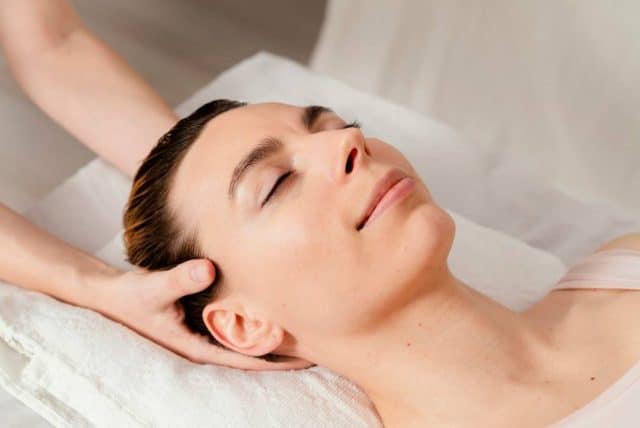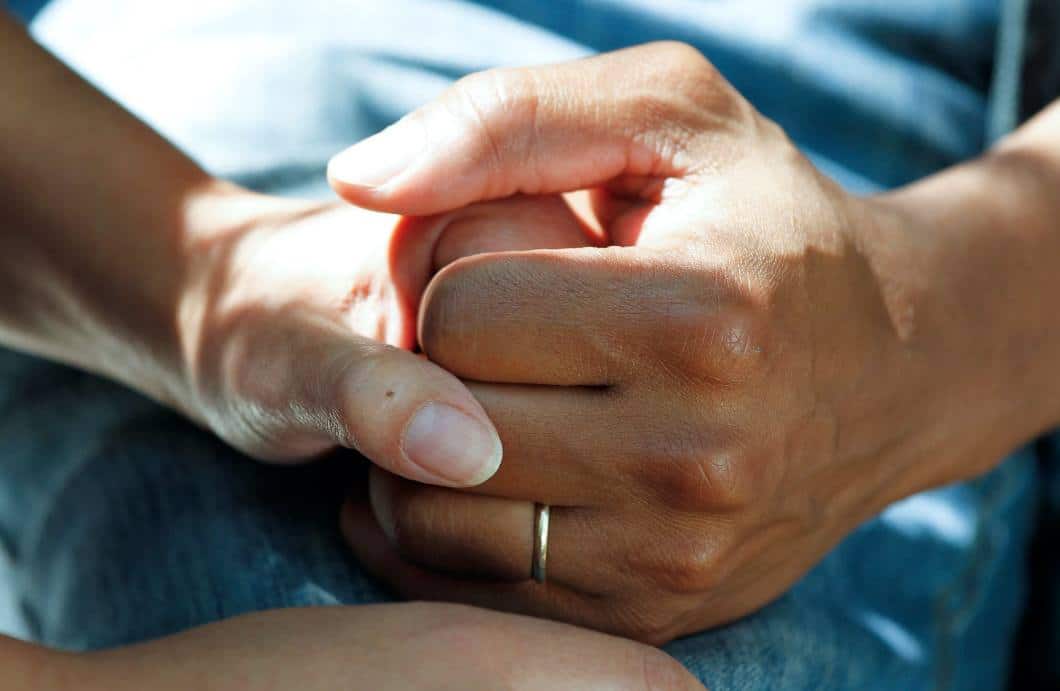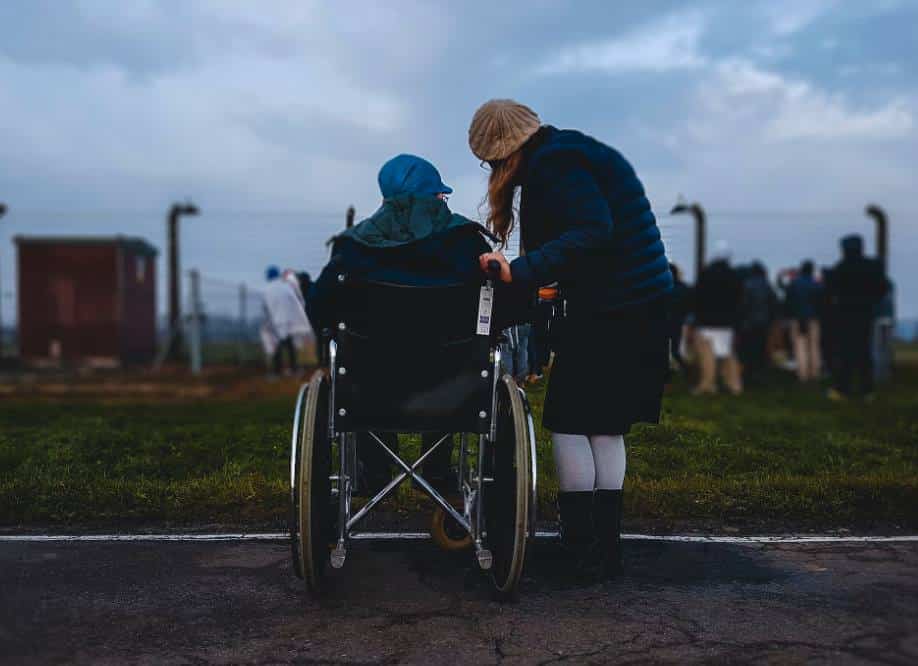Four Ways To Look After Your Mental Health Over The Christmas Period
Christmas is the most wonderful time of the year, but it’s also among the most stressful too. You’ve got to accommodate friends, family, work parties, buy presents and everything else that comes with the period. It can all get a little overwhelming.
Emotions can run high, so it’s important you do look after your mental health during the period. There’s of course help that you can get, whether you’re looking for mental health services in London, Manchester, Birmingham or anywhere else in the country, while there are also a number of methods and coping mechanisms you can use to get you through the difficult times too.
So, if you’re struggling at any point over the coming months, here are four ways you can take a bit of time to look after your mental health…
Set expectations that are realistic
One of the biggest ways people become stressed over the Christmas period is when they’re trying to make the day perfect. But that’s rarely going to be the case. And that’s ok. Things will go wrong, you may burn something at dinner or the board game you bought may end up being a flop. It’s not a problem.
Set realistic expectations, try to be flexible around the day, and embrace the imperfections or the moments that might not exactly go to plan. Life isn’t perfect, but it doesn’t have to be perfect when you’ve got your loved ones around you.
Prioritise yourself and take moments for you
Christmas is a busy time, where you do feel like you’re constantly running around. And that’s fine. You do have to do lots for other people and go out of your way a bit. It’s par for the course. However, do not neglect yourself.
Amidst the hustle and bustle of Christmas, take some time out for yourself, so you can destress and just rest. It could be as simple as running a bath for yourself, or heading out for a run. But that time can be so, so vital to just get your head straight and recharge.
Ask for help if you need it
So many people look to get everything done on their own, bottling up all their emotions to ensure that the long list of things to do gets done. Bottling up is not good for our mental health, so reach out, tell loved ones you’re struggling.
What’s more, you could even reach out to a professional or an online support group, where you’ll find plenty of support. Social media can be good for this, while forums like Reddit are equally good for getting support, as well as advice on how to cope. The last thing your family will want is for you to feel this way, so let them help you.
Stay on top of your finances prior to Christmas and plan accordingly
Money worries are a common driving force behind poor mental health over the Christmas period too, so be clear in how much you have to spend and exactly how you want to spend it.
You can aid this by scheduling out your Christmas, and allocating funds to each activity or day during it. This will help reduce that financial stress and free up your mind to enjoy it. What’s more, there are so many free things you can do over Christmas, from nice winter walks to enjoying movie nights with all the family.














